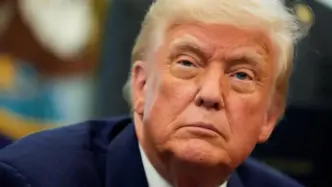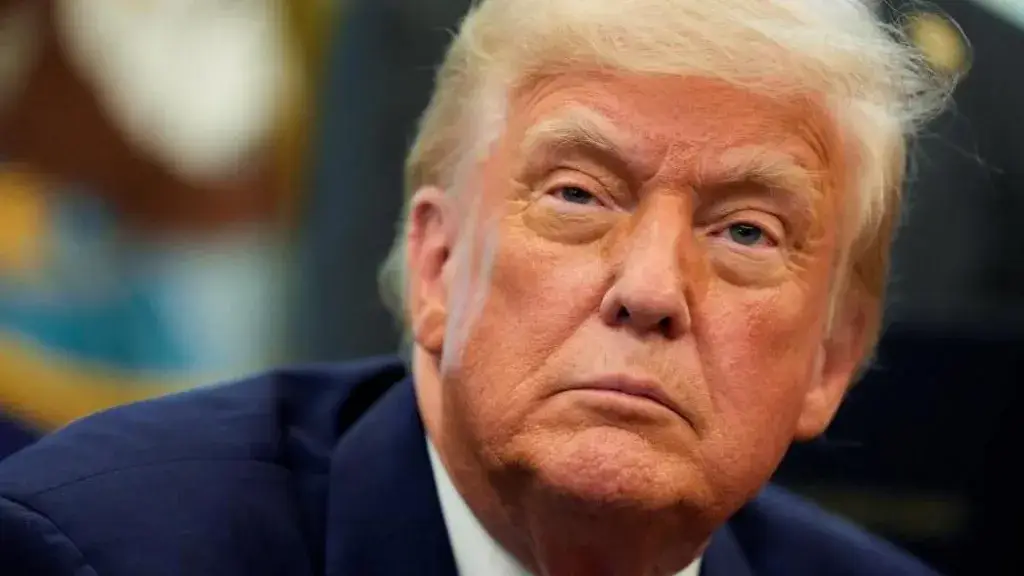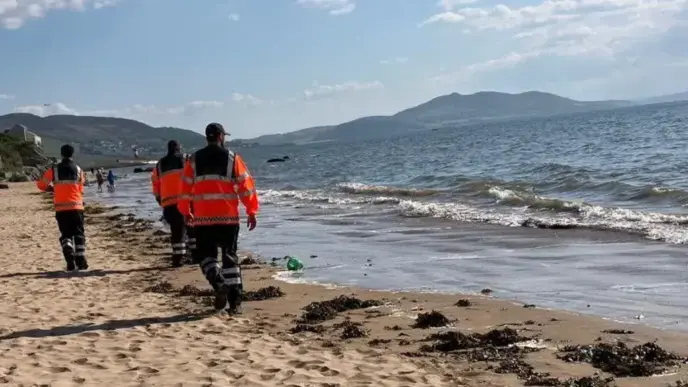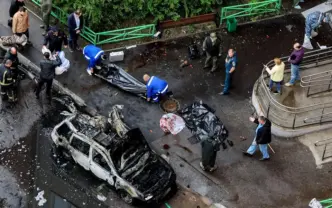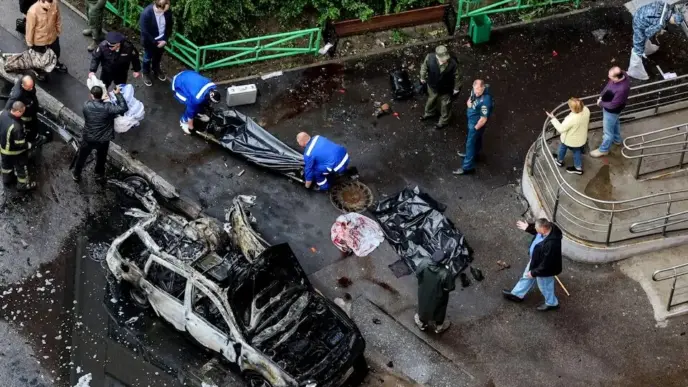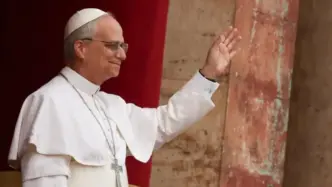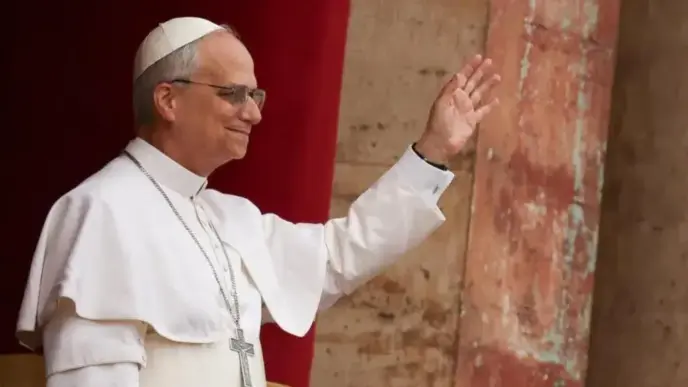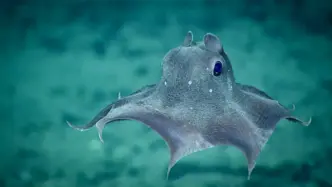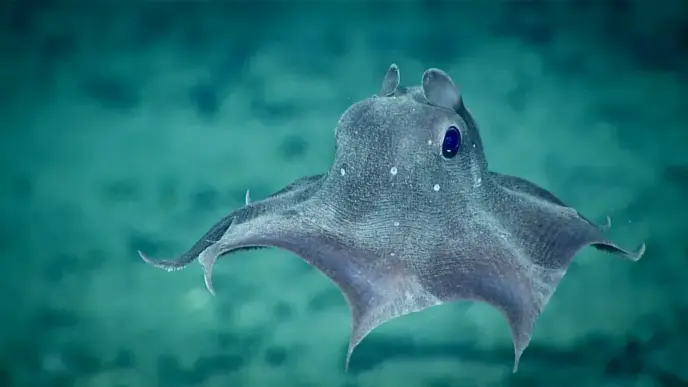Ukrainian President Volodymyr Zelensky has responded with careful diplomacy to Vladimir Putin’s surprise proposal for direct negotiations in Istanbul, scheduled for next Thursday. While some may have anticipated a sharp rebuke from Zelensky over Moscow’s failure to commit to a 30-day ceasefire – a condition backed by Kyiv and its Western partners – his reply struck a different tone.
Posting on X, Zelensky cautiously described the development as “a positive indication that Russia may finally be considering an end to hostilities.” He also emphasized that Ukraine expects Moscow to affirm its intention to observe the proposed truce starting Monday.
Whether Zelensky genuinely views this overture as a breakthrough is uncertain. The move seems as much a strategic play for public perception as a substantive diplomatic shift. Both leaders are acutely aware of how they appear to former U.S. President Donald Trump, who remains a key influencer on the global stage. Neither wants to be portrayed as the roadblock to peace.
Trump, for his part, struck an optimistic note on Truth Social, suggesting that an end to the war might be in sight. “A potentially great day for Russia and Ukraine!” he wrote, offering no criticism of Putin’s demands.
Putin claims the talks are meant to tackle what he calls the “underlying causes” of the conflict – primarily Ukraine’s aspiration to align with Europe and possibly join NATO, goals that Moscow considers unacceptable. The Kremlin also insists that Western countries must halt military aid to Ukraine before any ceasefire can commence.
Such a condition would significantly weaken Ukraine’s ability to hold its defensive lines – or worse, resist another major Russian offensive aimed at seizing additional territory.
At this critical juncture, Ukraine’s most urgent need is the continued supply of air defense systems to counter an increasing number of drone and missile attacks on Kyiv and other cities. Early Sunday morning, sirens once again pierced the air, warning of fresh Russian drone strikes.
On May 9, the U.S. Embassy in Kyiv issued an alert, warning its citizens of a “heightened risk of air attacks in the days ahead.” Among the greatest fears is the possibility that Russia could launch another Oreshnik hypersonic missile like the one that struck a Dnipro factory last November. These missiles, traveling at nearly Mach 10, are touted by Moscow as virtually impossible to intercept.
So, what Trump does next could be decisive. He may conclude that Putin is merely stalling, using negotiations as a smokescreen while refusing meaningful compromise. Or, given Trump’s history of amicable relations with the Russian president, he might pressure Ukraine to accept talks on Moscow’s terms – ceasefire or not.

